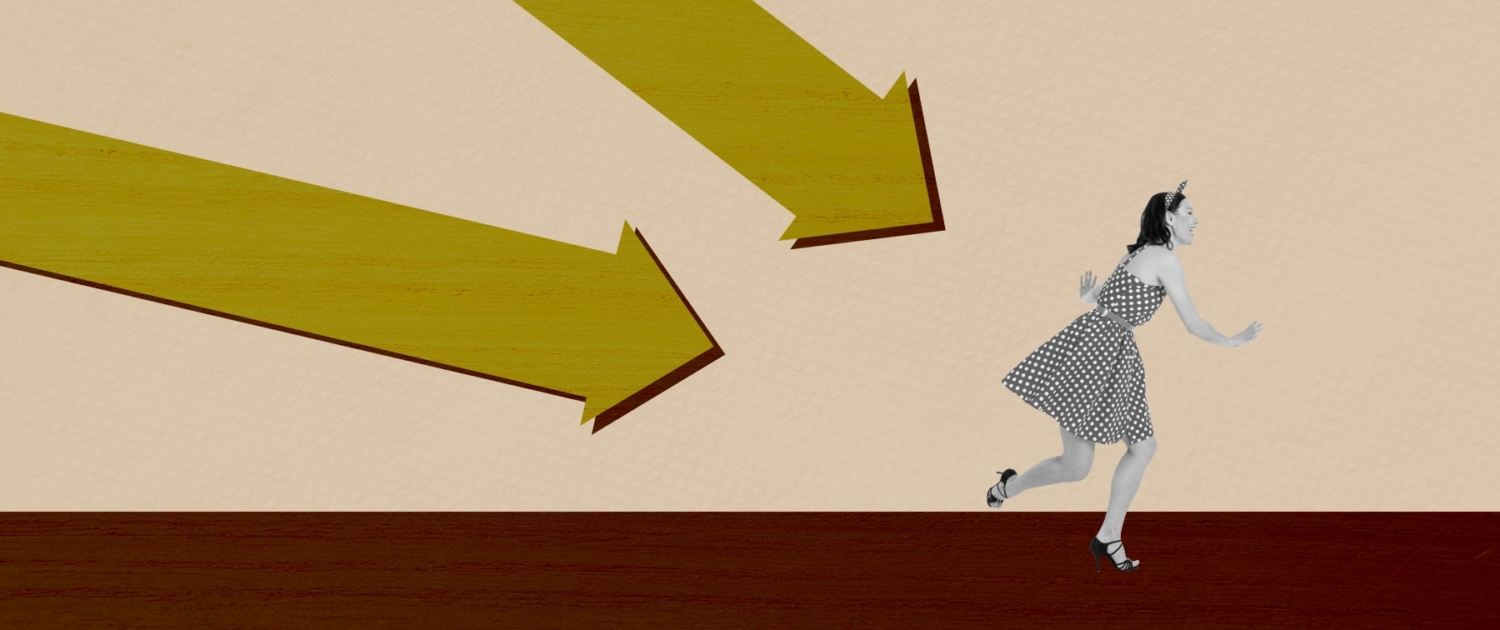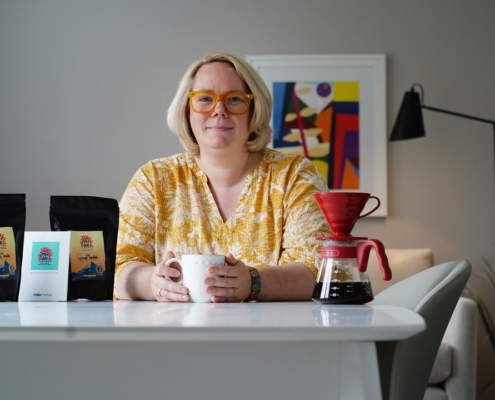The Danger of Seeking Certainty in Marketing
How can we know where the customer who filled in that form came from?
It’s a startlingly simple question, and a good one, from a younger marketer who is looking to join up all the dots.
I could tell that my answer that we simply couldn’t know everything wasn’t sitting well with them.
Why not? Their career has developed in the digital age of marketing. An era where seemingly everything we do, we do online, and they were grappling with the challenge that, in the real world people, or customers as we like to call them, don’t always work that way.
You see, the issue is that some of those pesky customers have a right to privacy, so Google doesn’t (and often can’t) track exactly how they got to the website, no matter how hard we try. And then some of those pesky customers call, using the telephone number on the website, but they don’t click on it using their mobile, they wait until they are on a landline and then dial it in. Rude.
Then we, as marketers, have to make educated assumptions as to what’s working, and what isn’t, based on incomplete datasets.
This insight was unusually revealing to my young colleague. Judging by the puzzled expression on their face, it had never even occurred to them that ALL customer behaviour couldn’t be tracked end to end and then how would we really know what was working?
This conversation flags that marketing is at a very serious crossroad when it comes to skills development: is marketing a scientific discipline where maths rules the roost, or a creative discipline where emotions and psychology play a role? Can it really, truly be both?
My younger colleague is incredibly talented, very well educated and has loads of insight into the digital world of marketing. They are unafraid of the numbers, the stats, and the technologies that underpin digital marketing systems.
But they have been trained to look for certainties and to test, measure and refine based on absolutes. Throw in an element of magic and it rocks their very foundations.
Analog marketers, for want of a better description, grew up with uncertainty and creativity as the norm, the basis of our understanding, with digital certainty conveniently layered on top, like cheese on the top of a meaty lasagne.
The development of our professional practice was based on raising brand awareness, audience reach and monitoring channel conversion rates. We understand the funnel begins with awareness and not necessarily a click. That your website contact form is just a part of the process and not the end goal. That your website is just a channel and not the objective. That customers are unpredictable, and rarely behave in a straight line, and that it’s the curious squiggles of behaviour that make the difference between a successful marketing campaign and an unsuccessful one.
We learned to work backwards, with generalisms, to identify what worked and what didn’t. And we learned how to use those media channels to change customer behaviour and engage on an emotional level, not just capitalise on what customers were already doing, for example searching Google for solutions to their problems or trying to find a phone number.
More than anything else, we learned that marketing was emotive, creative and evocative and that without those the customer was unlikely to need it, want it or be prepared to work for it.
Some of the most successful products in the world are built on that magical combination of creativity, desire and emotion. Coca Cola, Gucci shoes, the Sony Walkman, the iPad, the iPhone, the Ford motor car. No one was searching for them, millions of customers had no idea they even needed them in their lives until marketers told them so.
In the quest for novel digital certainty we’ve lost a little of that magic. The mathematical branch of marketing has taken precedence, with transactional data rising to the forefront as evidence of success.
But that so-called straight line between seeing one piece of media, clicking on a link, then filling in a form, doesn’t really take into consideration for a moment that the person might have walked past your shop a hundred times this past year, your window display creating a genuine yearning for what you have to offer, and that’s why they eventually filled in that contact form.
People and purchasing decisions are more complex than a click, and we should be wary of any approach that tries to reduce the art of marketing to just that.





